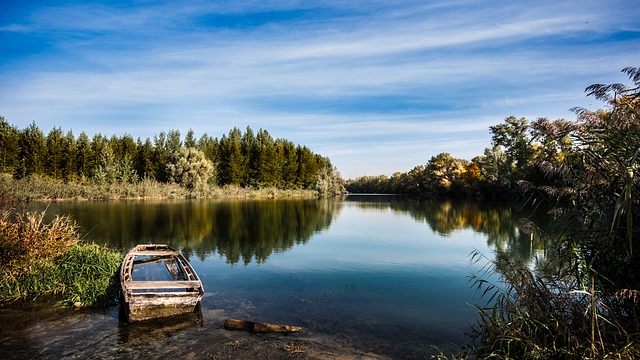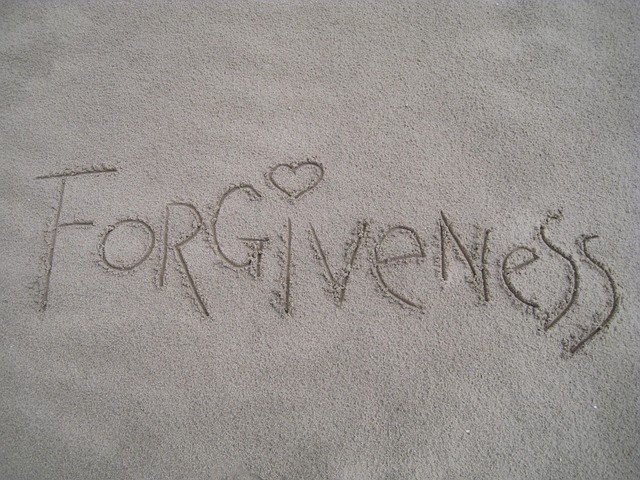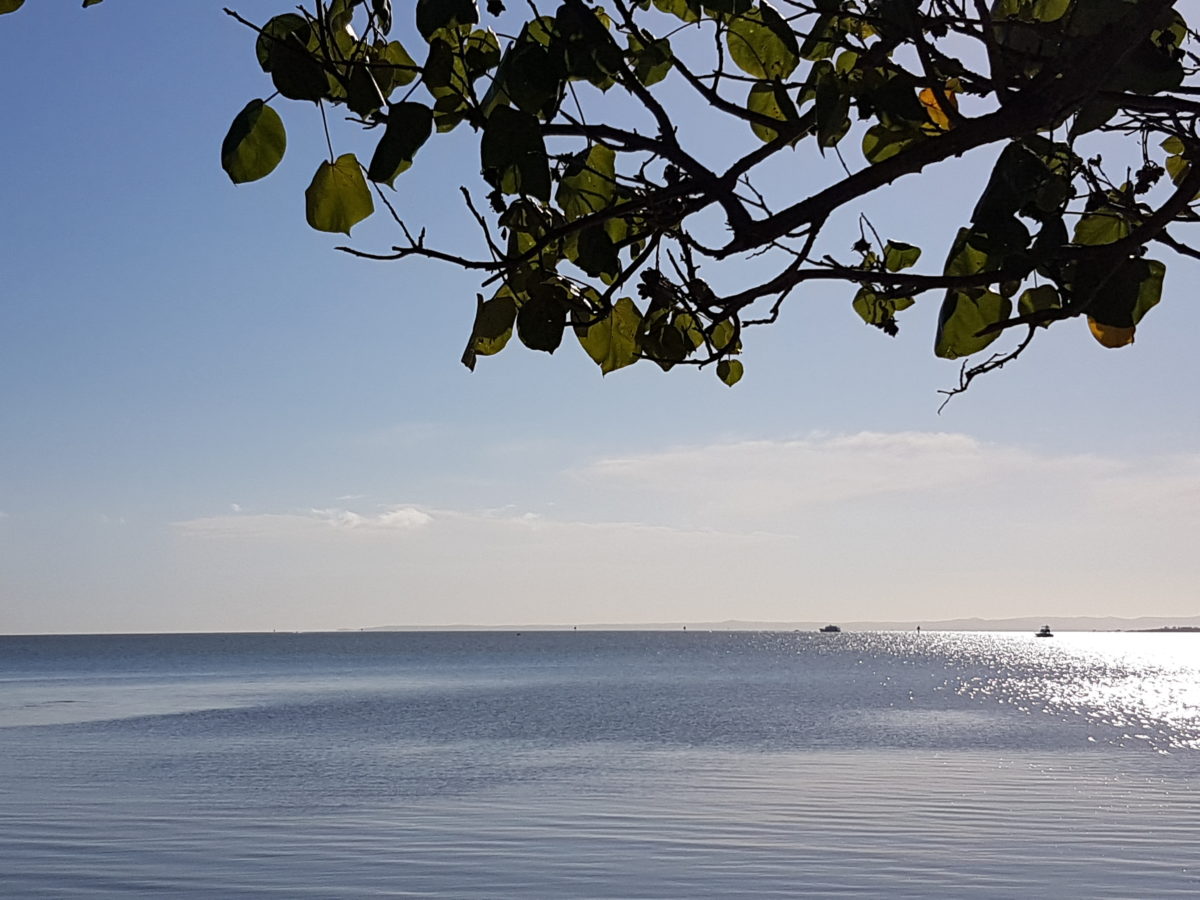Diana Winston provides a reflection meditation podcast to enable us to access our inner wisdom. We are so often absorbed with thinking our way through issues and challenges that we block access to our inner wisdom. She suggests that if we shut down our thinking and just listen to our inner wisdom, we will arrive at creative insights and a way to move forward, ideally in line with our life purpose. The reflection meditation is offered as one of the weekly meditation podcasts provided by the Mindful Awareness Research Center (MARC) which aims through research and education to promote the practice and benefits of mindful awareness for people of all ages.
Reflection meditation for accessing inner wisdom
Diana’s 30-minute reflection meditation podcast basically has two phases – (1) relaxation and (2) opening to inner wisdom:
- In the first phase, you are introduced to a light body scan followed by a focus on an anchor of your choice such as breath, touch or sound. You are encouraged to avoid entertaining distracting thoughts and to return to your meditation anchor once you are conscious of being distracted.
- In the second phase, the emphasis is on listening to your inner wisdom while focusing on an aspect of your life that you want to improve, e.g. how to improve your relationship, how to enhance your well-being or develop your creativity. The challenge here is to avoid thinking about the question – avoid trying to resolve your question cognitively. This requires settling your mind, quieting your brain. You are attempting to access your intuition rather than your rational, logical thinking. Whenever your mind wanders, bring your focus back to your anchor and your inner wisdom.
To access the deeper levels of our inner wisdom takes time and lots of practice over a sustained period. Karen Brody maintains that a quicker way to access deeper levels of consciousness is by using the Yoga Nidra Meditation discussed previously.
Reflection
We spend so much of our time trying to think our way through issues and life challenges and ignore our intuition and inner wisdom. As we grow in mindfulness through various forms of meditation such as the reflection meditation, we can develop ways of accessing deeper levels of consciousness and bring our inner wisdom to bear on the questions that challenge us in our daily lives.
____________________________________________
Image by Eric Michelat from Pixabay
By Ron Passfield – Copyright (Creative Commons license, Attribution–Non Commercial–No Derivatives)
Disclosure: If you purchase a product through this site, I may earn a commission which will help to pay for the site, the associated Meetup group and the resources to support the blog.







